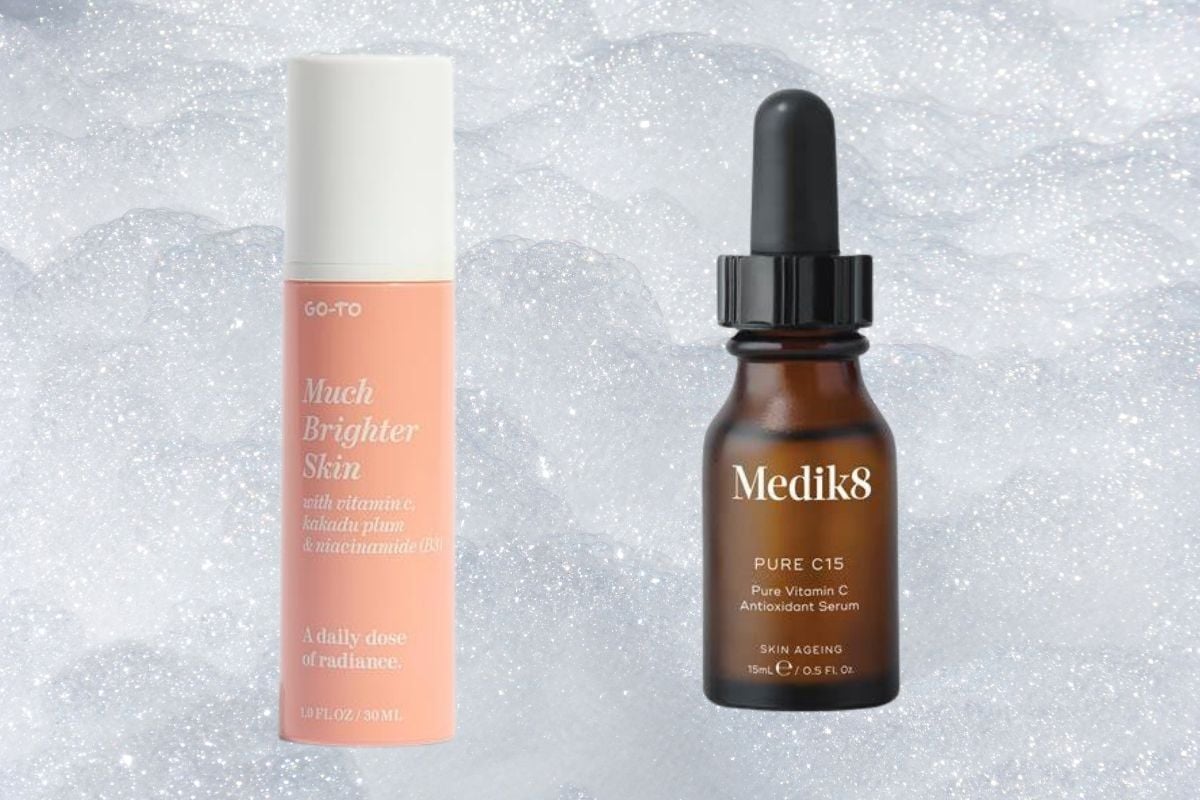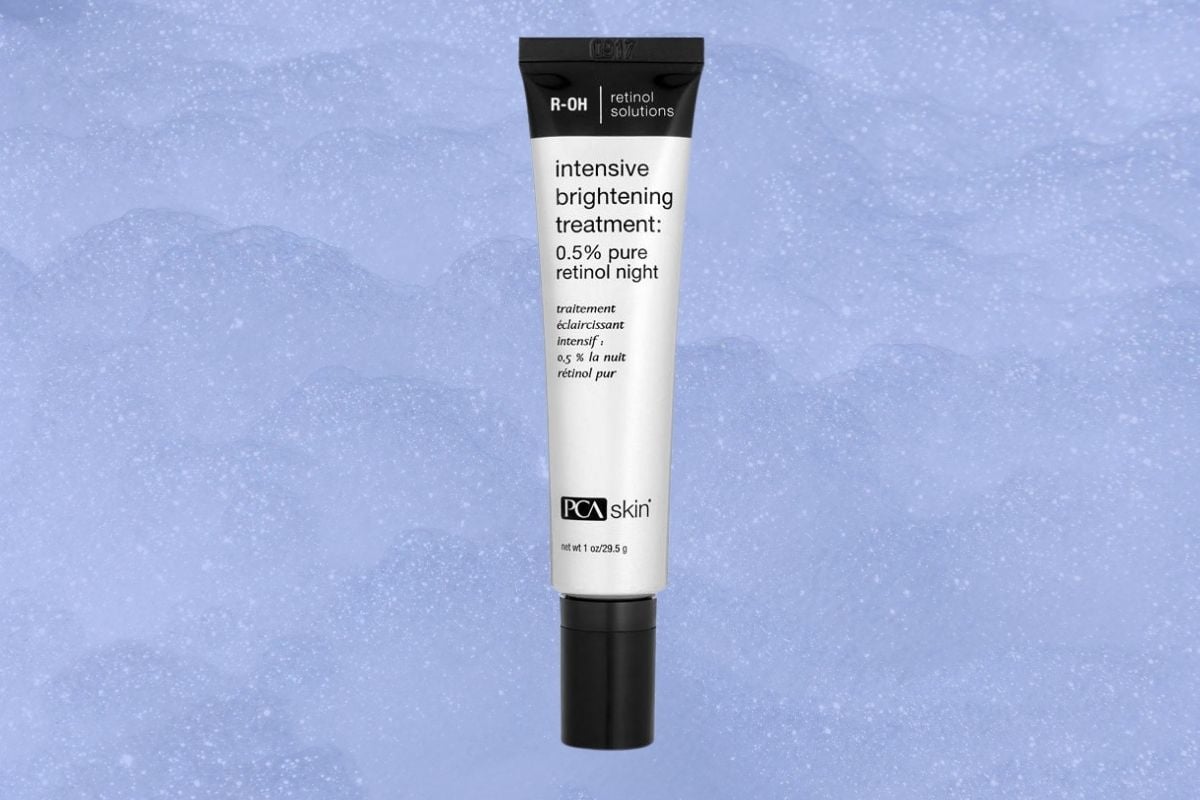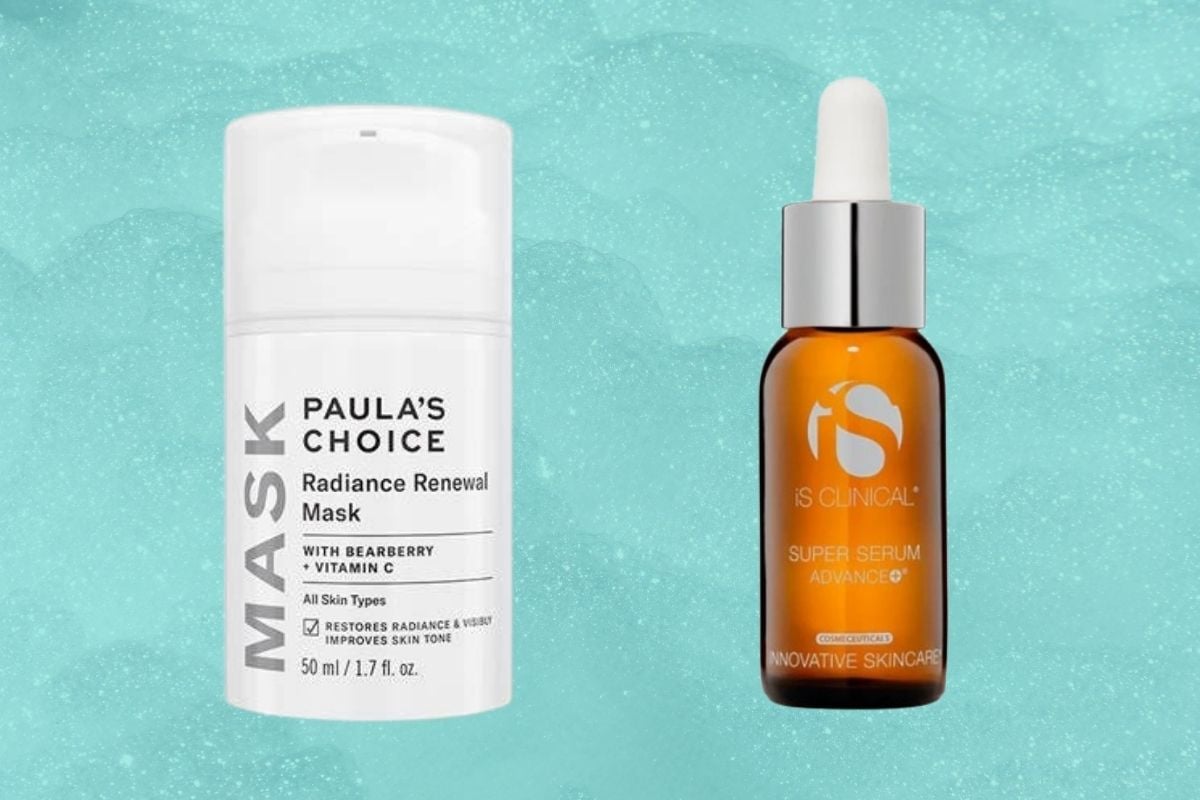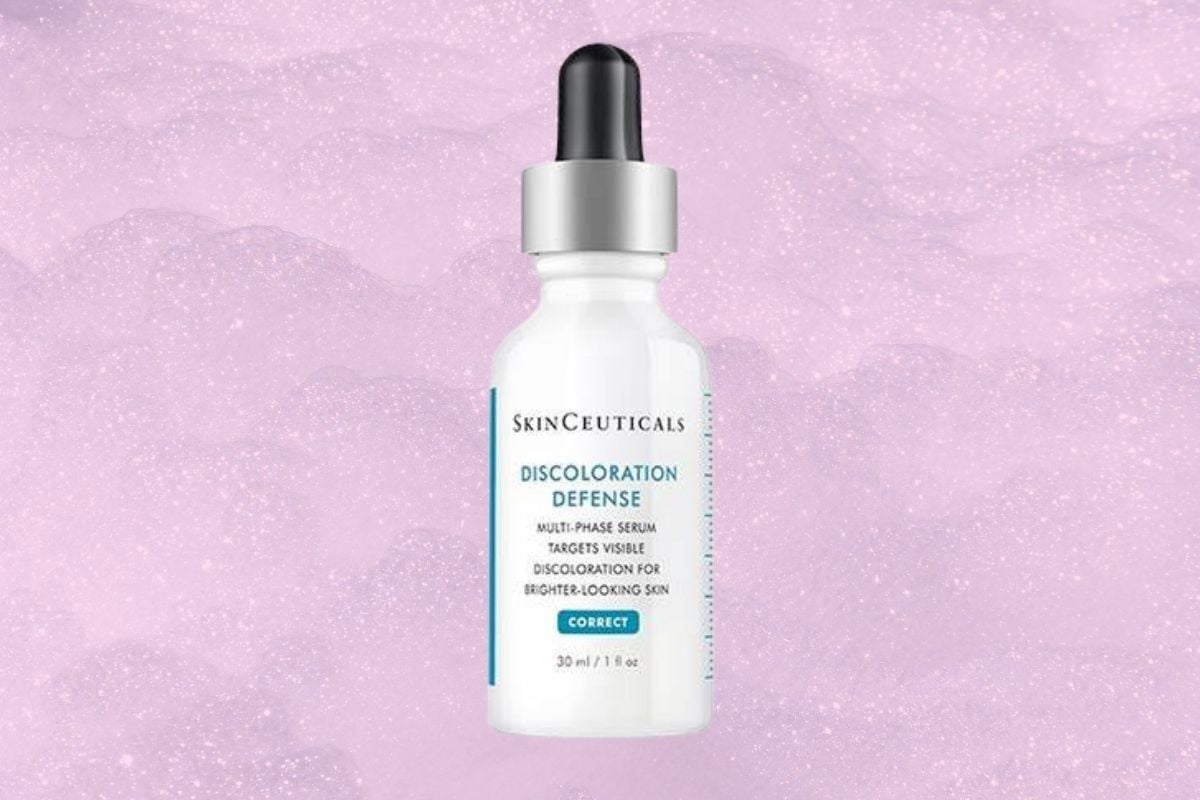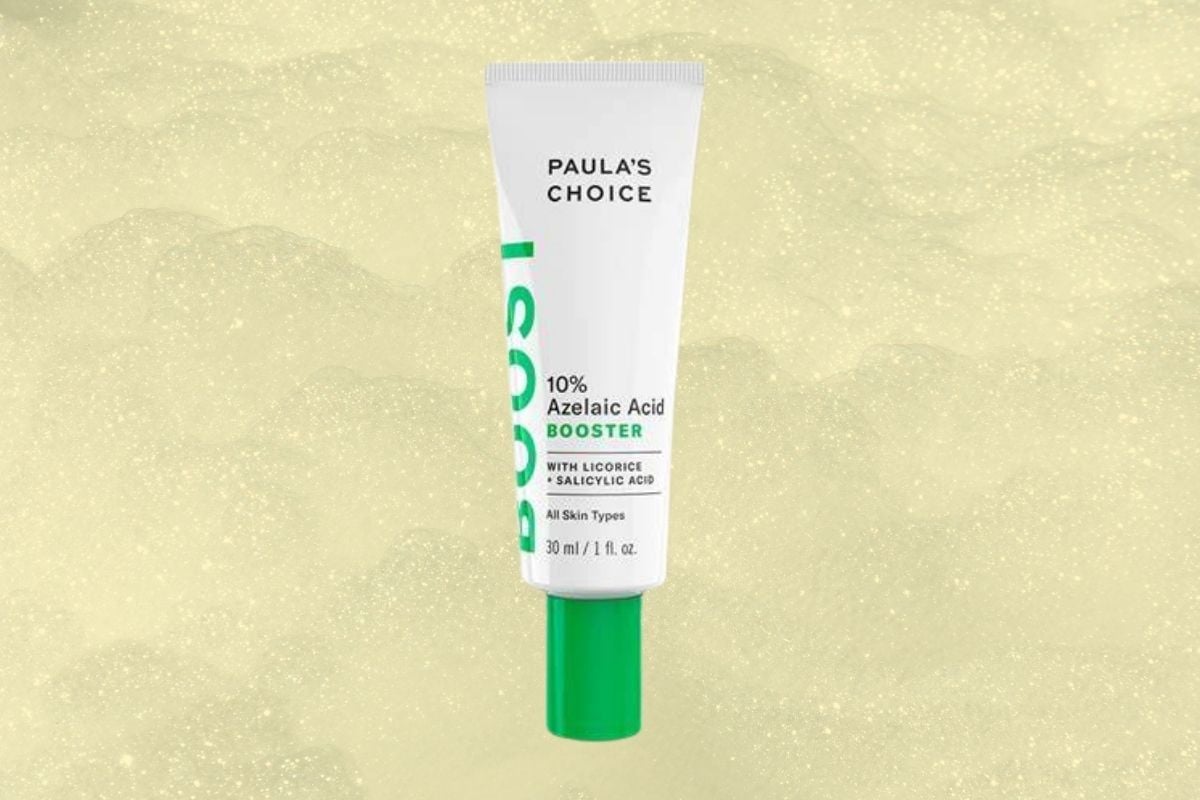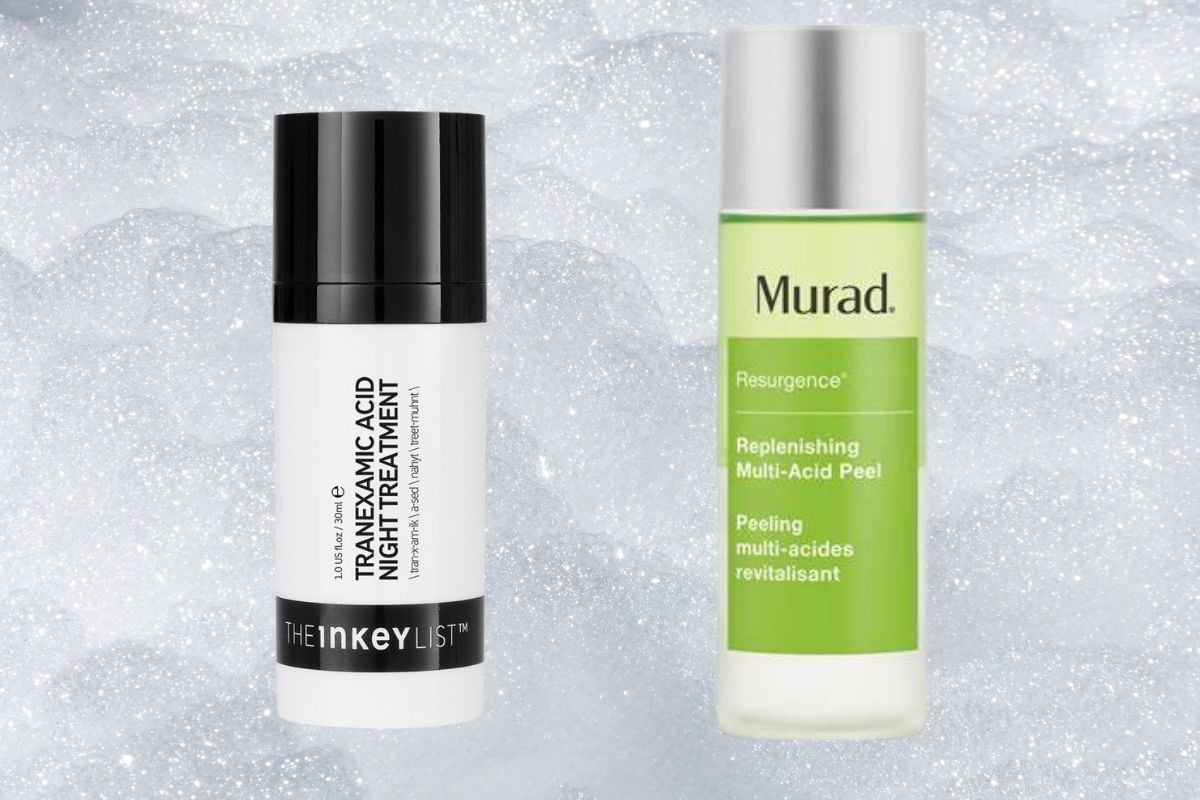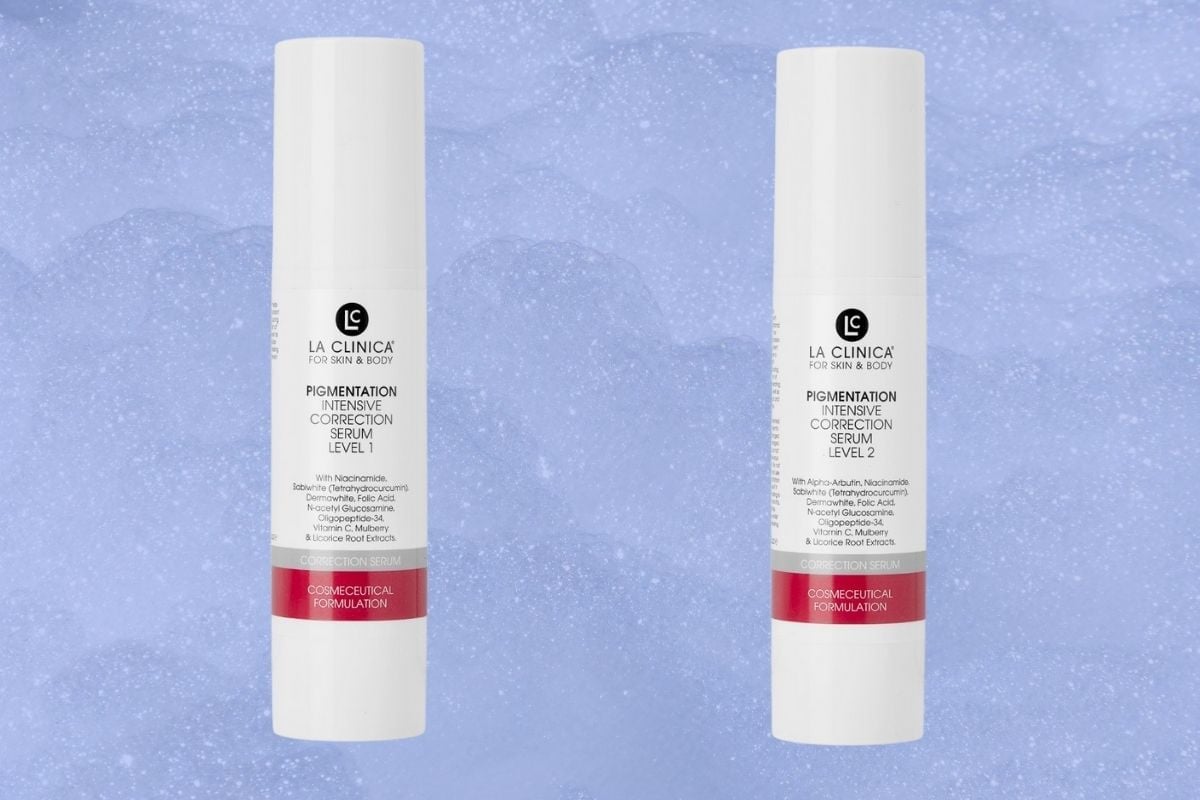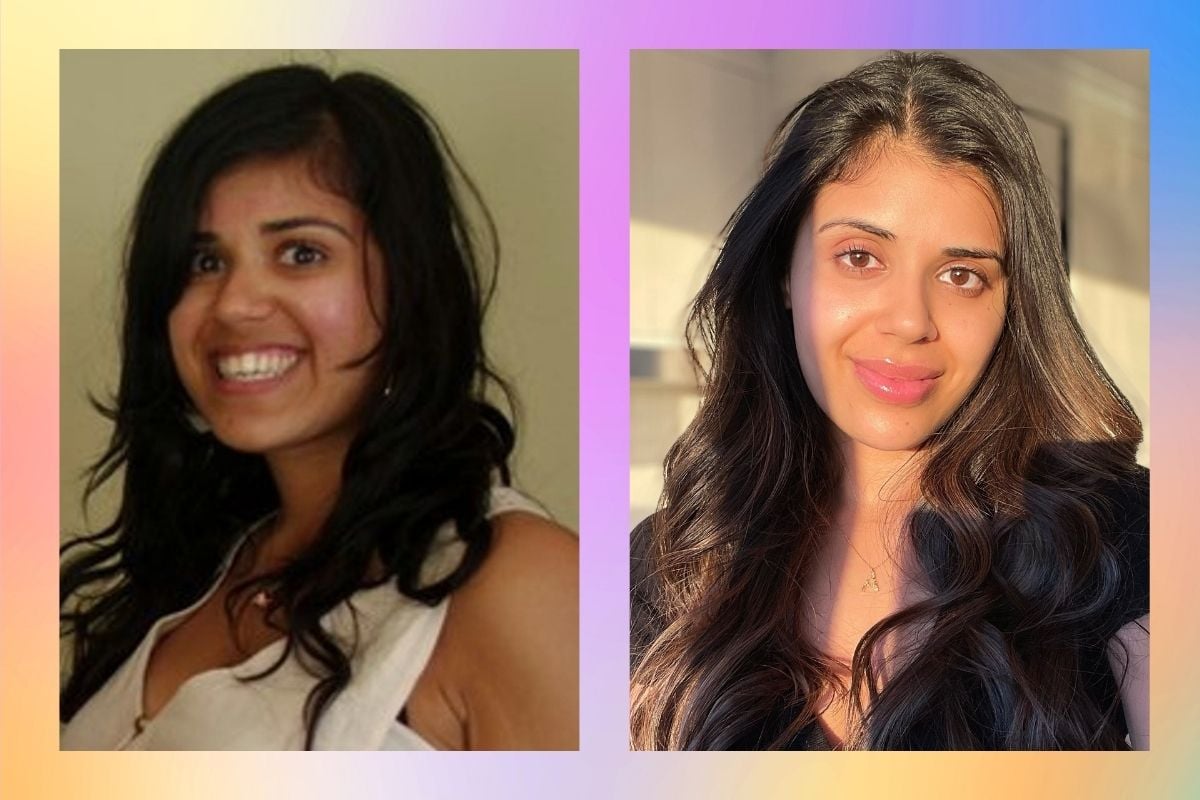
As a WOC growing up in Australia, all I ever wanted was peaches and cream complexion. You know what I’m talking about, unblemished skin that looks like porcelain. The media I was consuming didn’t help. It leaned into an unrealistic standard of beauty.
I remember so clearly, flipping through my Dolly magazines as a teen, questioning why my skin couldn’t be lighter, clearer, with that effervescent glow each woman seemed to naturally have.
However, the dream of even-toned skin slipped through my fingers as I grew up with predominantly Caucasian friends who introduced me to the world of tanning.
Watch: Here's how to protect your skin from the sun. Properly. Post continues below.
Peer pressure shaped my adolescent life.
In an attempt to 'fit in,' I’d slather coconut oil on my body and lay out in the sun. My friends didn’t wear SPF, so surely, I didn’t have to, right? Wrong.
In my quest to stay sun-kissed, I found my pigmentation began to spread. What began as sun spots, turned into a full- blown melasma moustache in just a few months.
